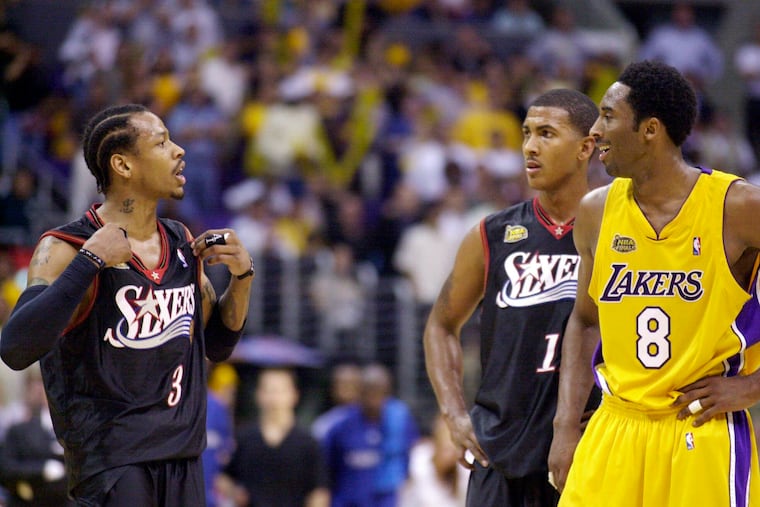Sixers could soon be bringing back the black jerseys that started a ‘revolution’ 25 years ago
The throwbacks are not coming back this coming season, but it’s safe to assume they are coming back in the near future as an alternate jersey.

The throwbacks are not coming back this coming season, but it’s safe to assume they are coming back in the near future as an alternate jersey.
